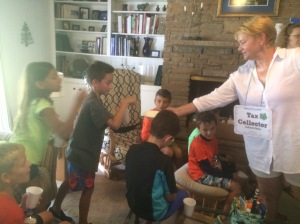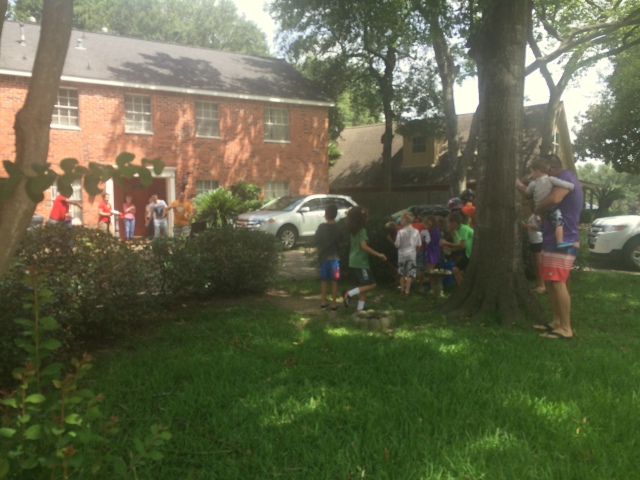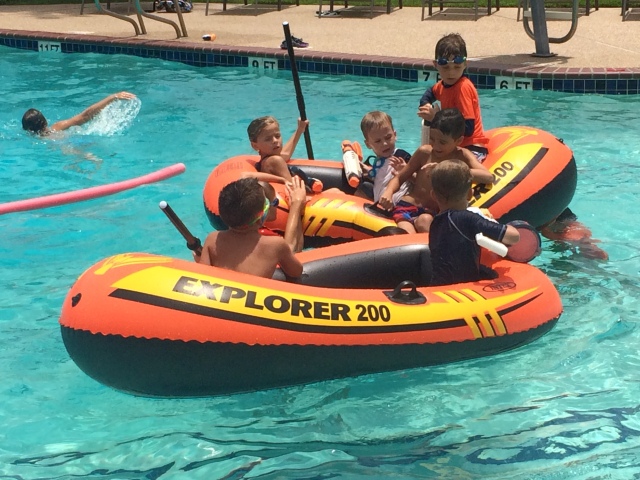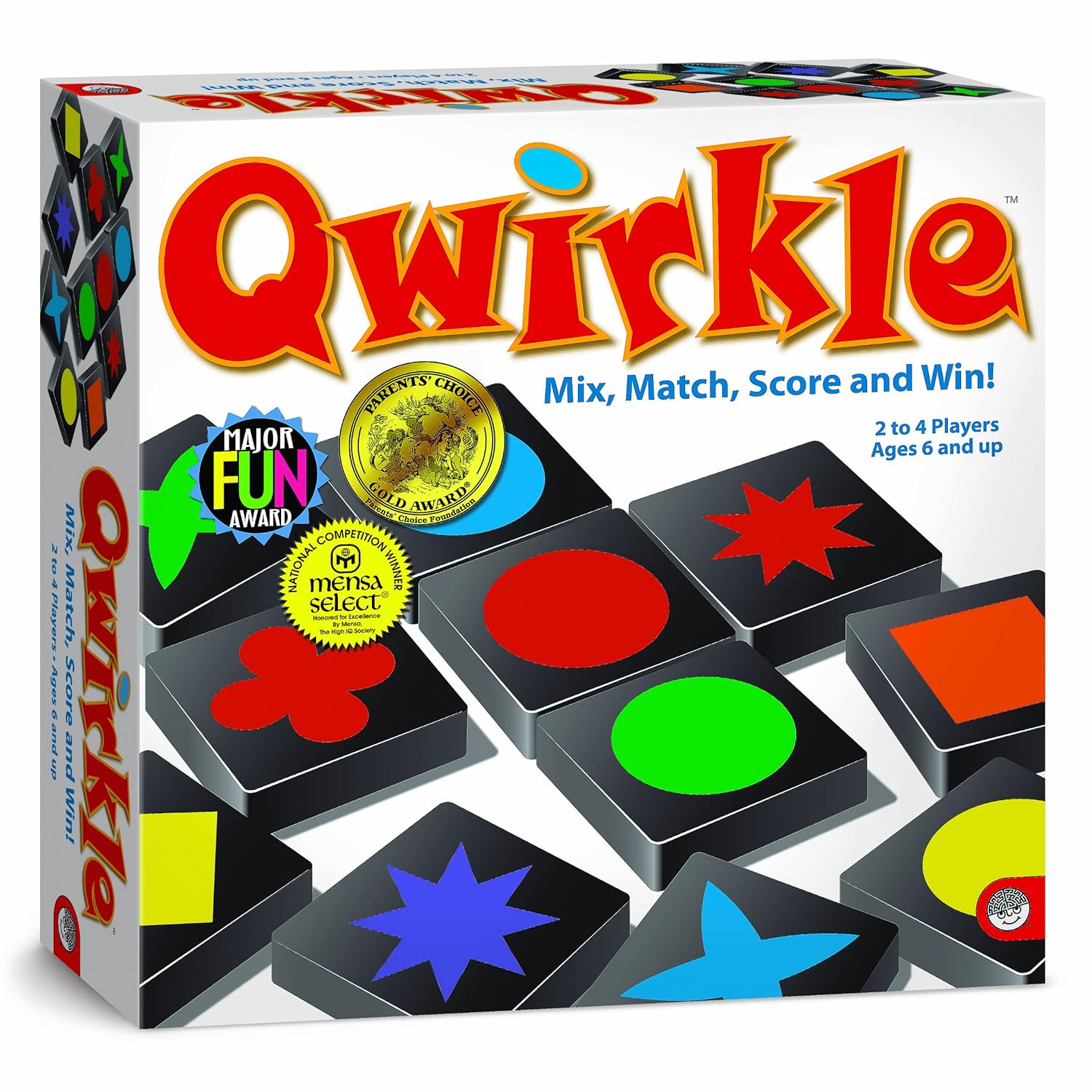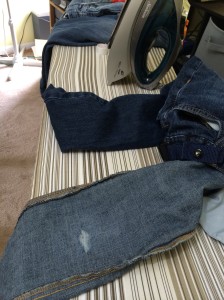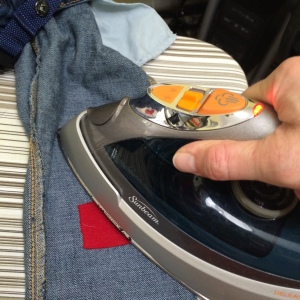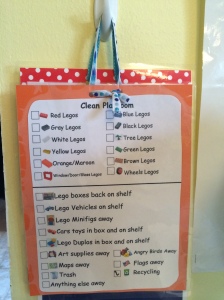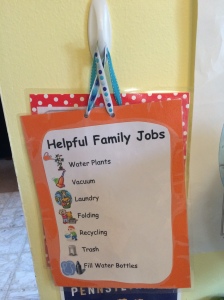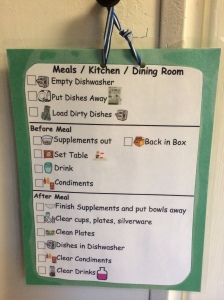My son Alex was born on the Fourth of July. He’s a super-bright, quirky, geeky, introverted kid, so his requests are usually a little off the beaten path. For his 9th Birthday, he asked for a Revolutionary War themed party.
Not a patriotic birthday party; he wanted the Revolutionary War. The Revolutionary War has quite a bit of death and starvation.. not real great birthday party material.
Beyond a Betsy Ross Flag Cake, I wasn’t sure what to do, so I searched Pinterest for fun ways to approach the Revolutionary War that would be engaging for kids (simply by searching the words “revolutionary war kids“), which is how I got the idea to do a timeline.
Alex also loves maps, biking, swimming, and as most nine-year-olds; he loves the idea of scavenger hunts.
Thus was born the idea: a Revolutionary War Timeline Bike Scavenger Hunt. On the 3rd of July, we could bike to different neighbor’s houses, re-enact some battles using water guns and water balloons, and conclude the bike-scavenger-hunt at the neighborhood pool. This wouldn’t be a true “scavenger hunt” with racing; rather, it’d have more of a “progressive dinner” feel. (We continued to call it a scavenger hunt, however, because that sounds much more exciting for the kids.)
The timelines spend a good deal of time explaining all of the events that led up to the Revolutionary War; it didn’t just happen, and it wasn’t inevitable. Many people were happy to continue being a colony of Great Britain; so what happened to change that?
As I started to fill in the details for Alex’s Revolutionary War Timeline Bike Scavenger Hunt, I asked him how much of the War he wanted to cover. Alex was emphatic that we conclude with the signing of the Declaration of Independence (aka – his birthday). Once I negotiated an additional “Crossing of the Delaware” in the pool, I started fleshing out the details.
The kids’ age range was from 5 to 12, with the bulk of party-goes around age 9. Thus the timeline descriptions needed to hit the mark of clarity without too much detail. I used Book Units Teacher’s presentation of The American Revolution for most of my event descriptions, supplementing with Ducksters.com’s American Revolution when necessary.
Next, I needed several neighbors to assist with hosting a re-enactment in their front yard (and inviting them to participate in the battle or simply let us use their property). Our neighborhood is the original astronaut community in Houston; the City of Nassau Bay is fantastic for many reasons, not the least of which is our fun neighbors and city ordinances that allow golf-carting.
The invitation asked kids to bring a bike, helmet, bathing suit, and towel and described the overall flow. Parents were invited to bike or golf cart, but for safety reasons, I asked for no cars.
In addition to mapping out the stops (with reasonable distances for kids), I dropped off any necessary supplies as well as a laminated “information sheet” about each stop a couple of hours before the party began. Although I had an agenda for timing, I made arrangements with each host to call or text when we were on our way so no one was caught unaware.
We started at our house with a Taxation without Representation simulation. We used M&M’s as our “money” to be taxed, followed the instructions, and amended the free PDFs on Young Teacher Love as needed.
Once the kids got sufficiently annoyed by the King’s ridiculous taxes, we got on our bikes to see what happened next.
I asked one of our friends who has a golf cart to be the “pace car,” leading the bikes. The kids understood the #1 rule: no one passes the golf cart; this is not a race. I made sure to be at the end of our bikers so that no one would be left behind.
Our first stop was the Boston Massacre. The “British” were neighbors with adult children. Two bins of water balloons were set – one for each side, and the British soldiers were armed with water guns. I read the description, tossing a water balloon towards the British as I read “throwing snowballs” and cued the start of the re-enactment by shouting “THE SOLDIERS FIRED!”
We only fought for a couple of minutes before I shouted to the Colonists: “Time to head to the Boston Tea Party!” Several “That was awesome!” remarks from the kids, and we biked off.
For the Boston Tea Party, I set up a large clothing storage bin with water (because we don’t have a baby pool), a box of super-cheap, store-brand tea bags (pro-tip: get a box that is not individually wrapped), and crudely constructed headbands with feathers,
After explaining the First Continental Congress, I went on to read about the Minutemen. I set up a bucket of water guns, which were pre-filled for the Colonists. These (along with water bottles) were the party favors. They were inexpensive (about 50¢ each), but such cheap quality that I wouldn’t recommend.
As we concluded the First Continental Congress, one of our neighbors performed Paul Revere’s famous ride on his bike, ringing a bell, shouting “The British are coming! The British are coming!”
We all mounted our bikes and headed off to battle!
The Battle of Lexington began after my neighbor shot her kiddo’s cap gun, representing the “Shot heard ’round the world.”
Then we rode off to Battle of Concord…
Our last stop was the Battle of Bunker Hill…
Conveniently, the kids started complaining that they were running low on ammunition. “Don’t shoot until you see the whites of their eyes!”
This neighbor not only made his own British flag, but he was armed with ICE COLD water to attack the kids!
Upon arriving at the pool, the kids signed the Declaration of Independence.
I got a print of the Declaration of Independence from a local Teacher Supply store for $1.50 and had them laminate it. Upon arriving, all the kids signed in Sharpie, which creates the perfect keepsake for Alex.
The inflatable boats were purchased at a sporting good store (Academy), but can be purchased on Amazon.
And of course, I made a Betsy Ross Flag Cake!
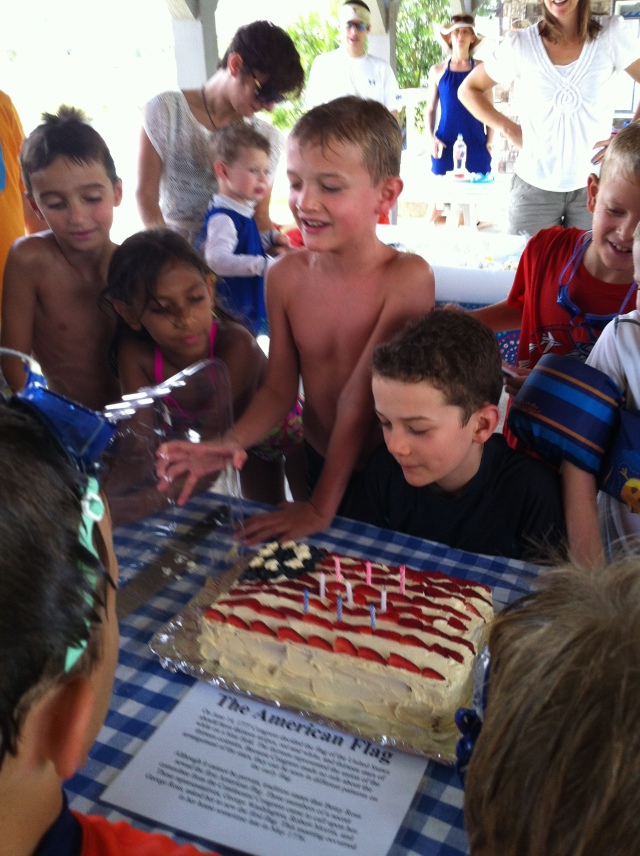 This never would have been a party I would have imagined or come up with on my own. But with a little creativity and a lot of help, I was able to create one of the most fun birthday parties for adults, kids, friends, and neighbors.
This never would have been a party I would have imagined or come up with on my own. But with a little creativity and a lot of help, I was able to create one of the most fun birthday parties for adults, kids, friends, and neighbors.

